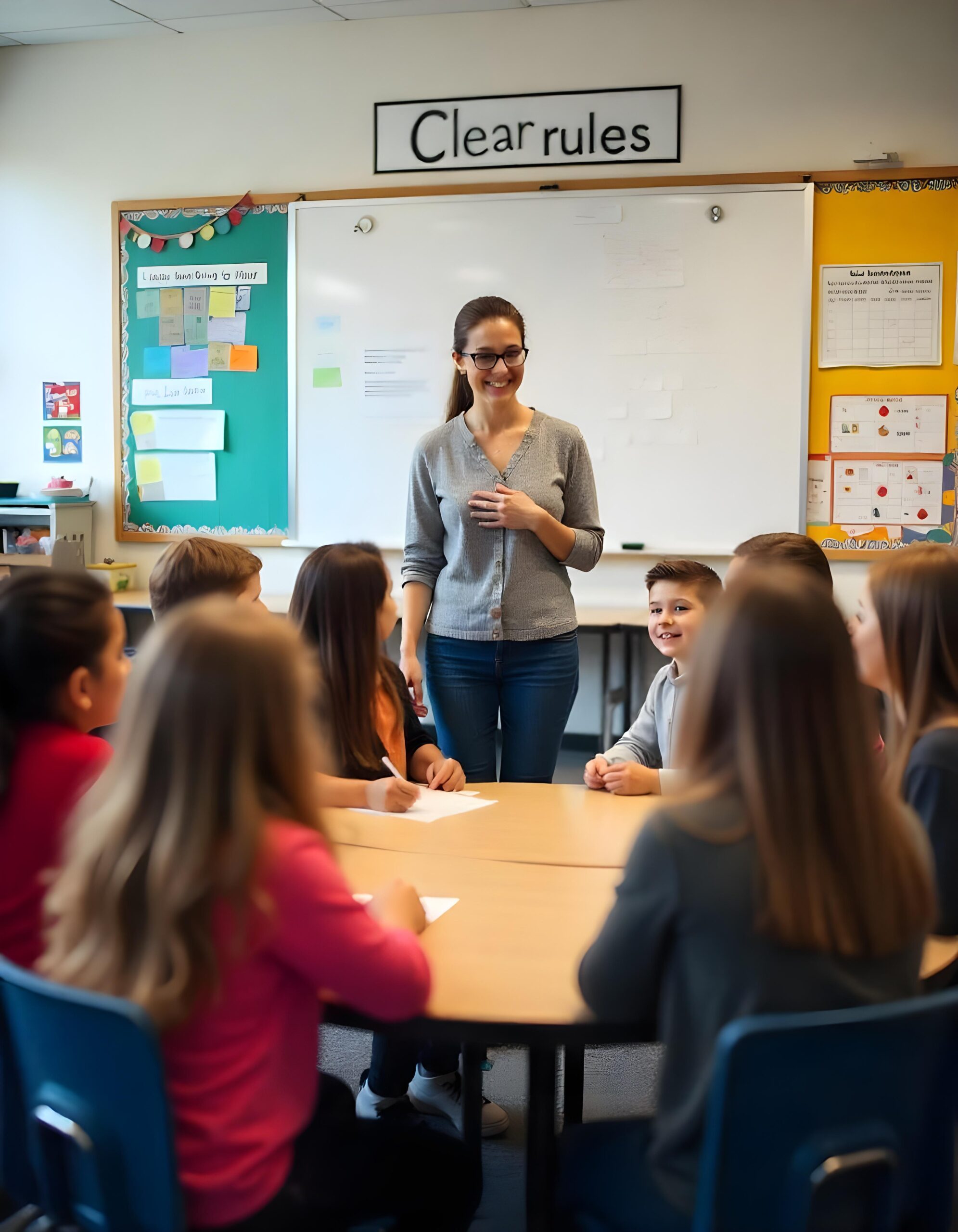When the classroom door closes, only the teacher knows what happens inside. They bear the responsibility of delivering lessons effectively while engaging students in a positive learning environment. How often have we found ourselves in classrooms with excessive noise or faced inappropriate student behavior? Effective classroom management is crucial for creating an environment that maximizes student engagement and achievement.
But what exactly is ‘classroom management’? At its core, it involves setting behavioral guidelines and ensuring adherence. It includes all the techniques teachers use to foster learner involvement, cooperation, and a productive environment. It’s defined as the teacher’s ability to manage time, space, resources, and student behaviors, creating a climate that encourages learning (Albert & Troutman, 1986).
Let’s consider a scenario: a disruptive student refuses to participate during a read-aloud, covering their ears and humming. What should a teacher do in this situation? Here are some effective strategies teachers can adopt to manage the classroom and maintain discipline.
Classroom Organization
Classroom management and organization go hand-in-hand. While rules and routines influence behavior, classroom organization impacts the physical environment. A well-organized space can create a more productive learning environment. Furniture arrangement, classroom displays, and material locations all play a part. Ensure desks are positioned where students can see the teacher, and keep high-traffic areas clear. Make use of wall space to display ground rules, charts, and maps.
Seating Arrangements:
- Traditional: Rows of fixed seats facing the teacher.
- Roundtable: Students sit in a circle or around a large table, facilitating discussions.
- Horseshoe/Semi-circle: This setup allows for open discussions and movement around the classroom.
Positive Classroom Environment
A positive environment keeps behavioral issues at a minimum. Set high expectations early in the school year to create a positive atmosphere. Involve students by assigning classroom roles, which fosters a sense of responsibility.
Procedures and Routines
Establishing clear procedures and routines is essential. Students should understand what is expected of them within the classroom and the school environment. Effective refocusing strategies include:
- Popsicle sticks
- Songs or chants: (e.g., "1, 2, eyes on you!")
- Timers: Class or individual timers
Implementing Classroom Discipline
Establish a basic set of rules and ensure students and parents are aware of them. Be consistent in enforcing rules, and positively introduce them to avoid negative associations. Reward students for positive behavior to maintain classroom order.
Effective Communication
Clear communication is key. Provide timely, constructive feedback that includes both positive and negative comments. Ensure feedback helps students understand how they can improve and motivates them toward success.
Time Management
Maintaining an appropriate lesson pace is critical. Be prepared to adjust activities as needed and establish daily routines to help students feel secure and focused.
Student Engagement
Encourage active participation by offering numerous opportunities for students to respond. Give them autonomy and responsibility for their learning by allowing goal-setting and self-assessment.
Professional Development
Continuous professional development helps teachers stay updated on classroom management strategies. Collaboration with colleagues is also encouraged to enhance classroom skills.
Above all, an effective teacher should passionately love teaching. Classroom management is more than just applying techniques—it involves intuition, love for students, and adapting to each unique situation.

